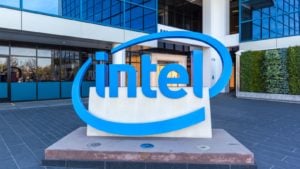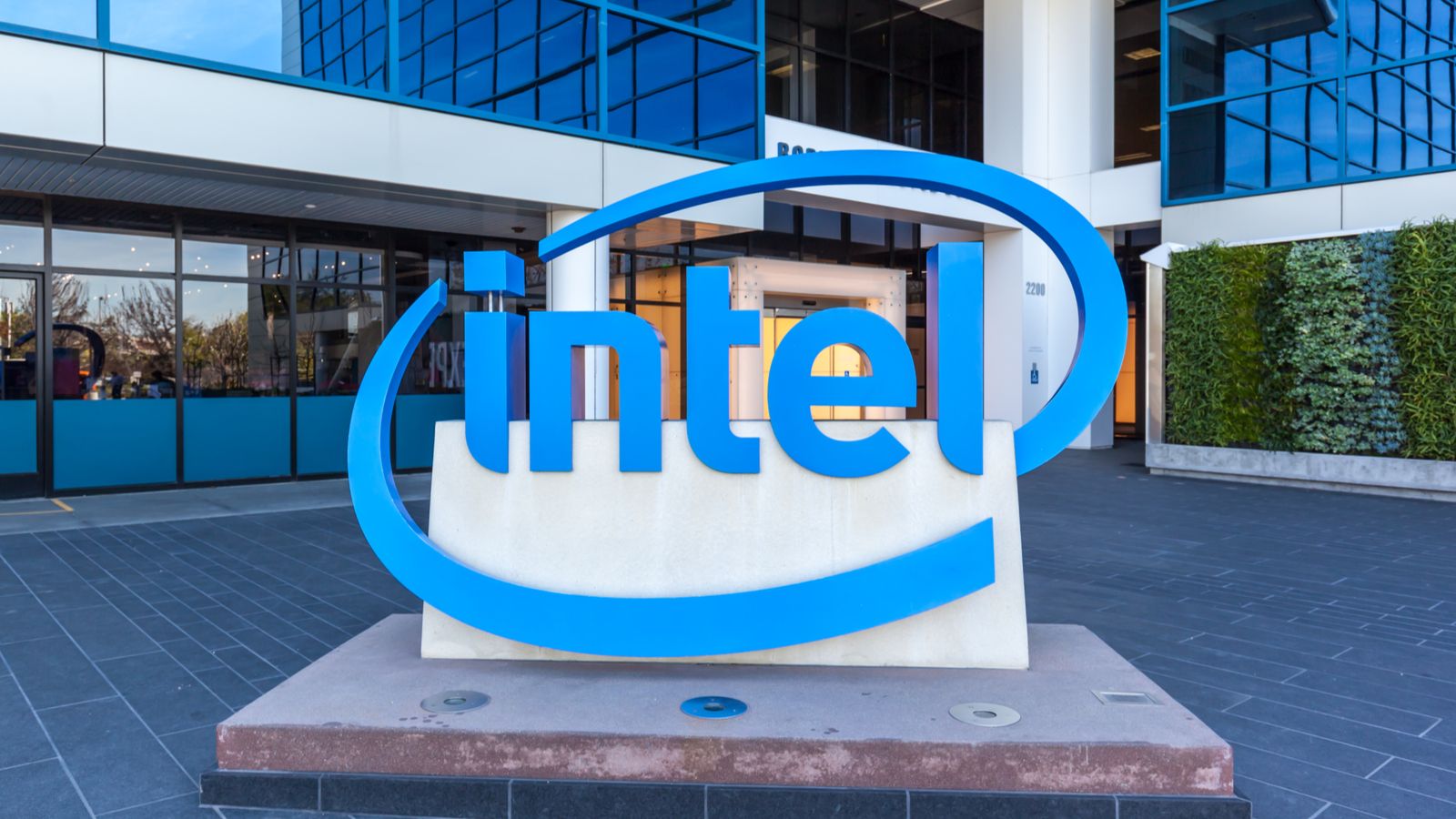Cloud companies proved long ago that the fastest chip doesn’t win all the prizes.

The whole idea behind clouds is to combine commodity chips and open-source software to deliver power at scale. It’s about cost control.
So when data center spending took off in the second half of 2019, Intel (NASDAQ:INTC) was sure to benefit. The size of that benefit caught analysts off guard Jan. 23. The company known as “chipzilla” earned $6.9 billion, or $1.58 per share, on revenue of $20.2 billion.
This handily beat the whisper number of $1.31 per share and the stock rose over 8%, losing just one-third of that gain in the early Jan. 27 downdraft.
Analysts had already been pounding the table for the stock, which rose 5% before earnings and is now up 11% for 2020. This takes the dividend yield below 2%, so the question is whether growth is sustainable.
Cloud Dependent
Intel has been an income stock for years. Despite a price-to-earnings ratio of 14, well below the market, the dividend was the reason to buy it. Even analysts who raised their price targets on the stock after earnings see it falling over the next year. One told his clients now is the time to sell.
After 20 years, the stock is finally starting to approach its dot-com high above $70. Its gains since the crash are only half those of the general market. Your dad’s Intel was the hardware part of the “Wintel” monopoly, alongside Microsoft (NASDAQ:MSFT). It defined what high-end PCs were capable of. Today that role is held by Advanced Micro Devices (NASDAQ:AMD).
Intel’s foundry remains its weak spot, but the company insists it’s catching up. A 10-nanometer processor called Ice Lake is moving into production. It says a 7-nanometer product will follow next year. Foundry rival Taiwan Semiconductor (NYSE:TSM), meanwhile, has already moved on to 5-nanometer chips. TSM stock has been up 30% per year over the last five years. Intel, even with its recent gains, is up just 20% per year.
What drove the fourth quarter, according to Intel’s earnings call, was the rise of artificial intelligence applications. The company’s biggest acquisition during the quarter was Habana Labs, which specializes in deep learning accelerators.
Like Microsoft, Intel has also made its peace with open source, knowing big data centers insist on keeping costs down with open standards. So, it is joining the CHIPS Alliance, hosted by the Linux Foundation. It will contribute its Advanced Interconnect Bus protocol to the effort.
Rather than getting to markets first, Intel is now getting to them with the most.
Layoffs?
The most troubling news from Intel is its pending layoffs. Intel calls this a “realignment” of the profitable Data Center Group, now called the Data Programs Group.
Industry publication SemiAccurate predicted large layoffs at DCG last year with as many as one-third of workers within that group being let go. The publication is standing by those estimates, despite Intel’s denials.
The Bottom Line on Intel Stock
CEO Robert Swan came to Intel as its chief financial officer in 2016. The latest moves carry a CFO’s imprint.
That means Swan is focused on costs and on maintaining profitability. That is seen in the appointment of Medtronic (NYSE:MDT) CEO Omar Ishrak, the company’s lead outside director, as the new chairman of Intel’s board, replacing Andy Roberts.
Medtronic is a slow-growing medical company run out of Minneapolis but headquartered in Ireland for tax purposes. If that’s Intel’s future, wait for a dividend hike before getting in.
Dana Blankenhorn is a financial and technology journalist. His latest book is Technology’s Big Bang: Yesterday, Today and Tomorrow with Moore’s Law, essays on technology available at the Amazon Kindle store. Write him at danablankenhorn@gmail.com or follow him on Twitter at @danablankenhorn. As of this writing he owned shares in MSFT.
